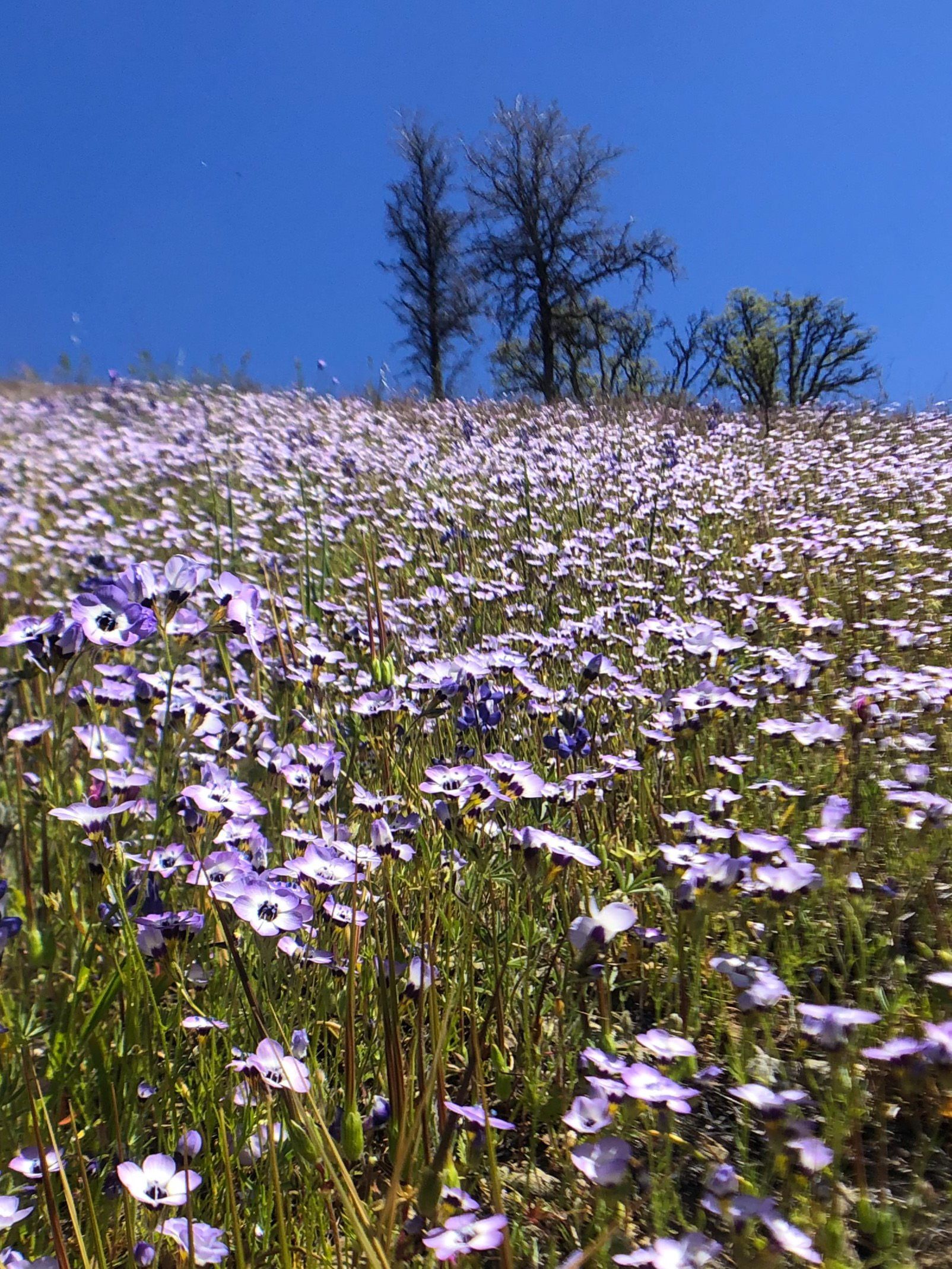Monumental Questions - Commemorating our Nation's First Conservationists

Indigenous People’s Day (October 14, 2024), National Native American Heritage Day (November 29, 2024) and National Native American Heritage Month (November) all celebrate the legacy of Native Americans and the positive impact they have made on every aspect of American society. In 2021 (and every year since), President Biden became the first United States president to officially recognize Indigenous People’s Day with a proclamation declaring that the second Monday in October would be a day to honor Native Americans’ resilience, strength and perseverance to preserve their land, language, spirit, knowledge and tradition. In addition to Indigenous People’s Day in October, November is National Native American Heritage Month and the Friday following Thanksgiving is National Native American Heritage Day.
The campaign to honor our Native Americans began as early as the 1900’s and in 1924 Congress enacted the Indian Citizenship Act which offered United States citizenship to all US-born American Indians and Native Alaskans. Beginning in the 1970s, Congress and the president enacted annual proclamations designating a day, a week or a month to honoring and celebrating our Nation’s American Indians, native Hawaiians and native Alaskans. In 1986, Congress and President Reagan declared the week of November 23, 1986 American Indian Week. In 1990, Congress passed legislation which authorized President George H.W. Bush to make a Presidential Proclamation declaring the month of November National American Indian Heritage Month. Presidents Clinton and George W. Bush both issued subsequent proclamations designating November as National American Indian Heritage Month. In 2008, Congress passed a law that was signed by President George W. Bush making the Friday after Thanksgiving National Native American Heritage Day and since then each subsequent United States President has issued the same annual proclamation. As recently as October 31, 2024, President Biden declared November as Native American Heritage Month and November 29, 2024 as Native American Heritage Day.
Today, seventeen states, the District of Columbia and over 200 United States cities recognize and honor American Indians, Native Alaskans and Native Hawaiians in lieu of the Federal Columbus Day holiday in October. Although there are currently no federal regulations regarding the holiday, lawmakers in the U.S. Congress have reintroduced legislation to designate the second Monday in October a national holiday. The Act currently has 56 cosponsors in the House of Representatives and 11 cosponsors in the Senate. It is endorsed by the National Congress of American Indians as well as the Cherokee Nation and the Navajo Nation, the two largest tribal nations in the county.
National Native American Heritage Day is intended to encourage all Americans to take time to honor native heritage. National Native American Heritage Month is a block of time set aside to honor Native American, Alaska Native and Native Hawaiian communities to pledge that their contributions, traditions and history continue to prosper with each generation.
Native American tribes including Yuke, Nomlake, Patwin, Pomo, Huchnom, Wappo, Lake Miwok and Wintum have inhabited the Berryessa Snow Mountain National Monument region for at least the last 11,000 years. Their contributions to the pre-history and history of the region have made this one of the most linguistically diverse areas in all of California. The Monument region is teeming with resources used by neighboring tribes and trade routes accorded interaction between them. Just as the tribes historically worked together to preserve and nurture the region, that partnership continues today with co-management and crucial decision making regarding resource and land stewardship. As you may already know, the Monument expansion to include Molok Luyuk was a name given to the site by the Yocha Dehe Wintun Nation who worked side by side with many conservation partners to get the area protected, forever.
The elementary school phrase about Columbus sailing the ocean blue is unfinished. Indigenous people called the Western Hemisphere home for tens of thousands of years before the Pinta, Niña and the Santa Maria were even a thought. The arrival of Europeans led to devastating loss of life, land and tradition for indigenous people according to the Smithsonian National Museum of the American Indian. During the month of November make time to recognize and celebrate the contributions, history and cultures of the first Americans. Indigenous People’s Day, National Native American Heritage Day and National Native American Heritage Month are all about reflection, recognition, celebration and education.
-Kristie Ehrhardt (kehrhardt@tuleyome.org)
Tuleyome Land Conservation Program Manager
RECENT ARTICLES






